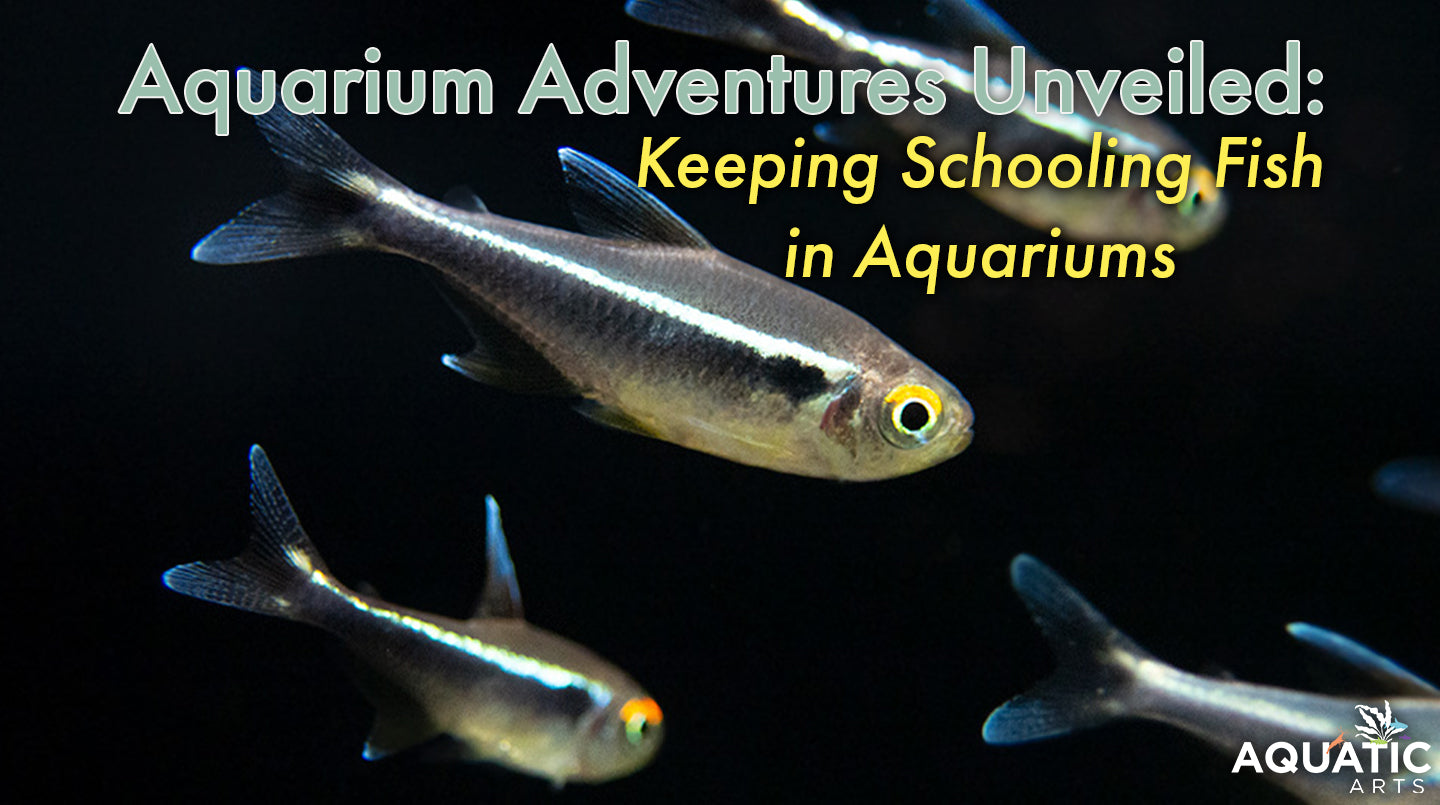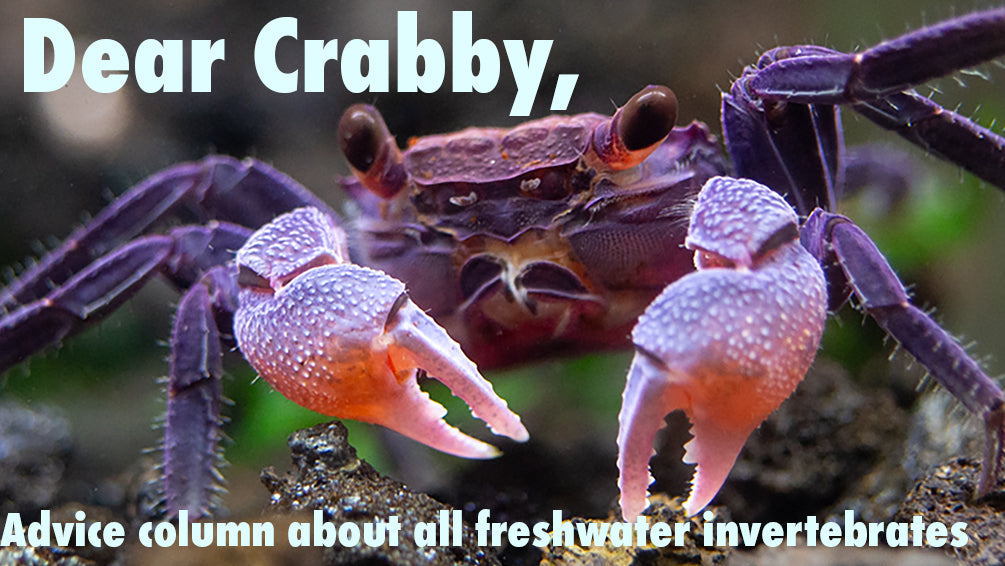Aquarium Adventures Unveiled : Keeping Schooling Fish in Aquariums

Aquarium Adventures Unveiled: Keeping Schooling Fish in Aquariums
2
Introduction: Understanding Schooling Fish
Schooling fish bring grace and beauty to aquariums with their synchronized movements. However, beyond their aesthetic appeal lies a crucial aspect often overlooked—their need for companionship in large numbers. This guide delves into the significance of keeping schooling fish in ample groups and explores related considerations for their well-being in captivity.
1

Did you know that many tetra species, such as Neon Tetras, Cardinal Tetras, Green Neon Tetras and Black Neon Tetras, exhibit a unique behavior called "flash colors"? During their schooling movements, these tetras can display vibrant and intense colors, especially when they feel threatened or excited. This dazzling display of colors serves as a form of communication within the school, signaling different emotions or intentions to other members of the group.
1
Importance of Ample Numbers: Social Dynamics of Schooling Fish
Schooling fish are renowned for their mesmerizing synchronized movements, but beyond their visual appeal lies a crucial aspect—their intricate social dynamics. Maintaining these fish in ample numbers is fundamental to fostering their natural social behaviors and ensuring their well-being in a captive environment.
3
Safety in Numbers: Schooling is an inherent behavior among many fish species, evolved primarily for safety. In the wild, these fish form tightly knit groups to shield themselves from predators. This safety in numbers is crucial for their psychological well-being, reducing stress and anxiety levels significantly.
Communication and Interaction: Large schools enable effective communication among fish. They convey information about potential threats, food sources, and other essential cues through subtle movements and signals within the group. This interaction fosters a sense of community and aids in their collective survival.
Establishing Hierarchy: Within schooling fish, groups often establish hierarchies. Ample numbers allow for the natural formation of these hierarchies without intense competition or stress among individual fish. A structured hierarchy contributes to stability and reduces aggressive behaviors.
Stimulating Natural Behavior: Schooling behavior in ample numbers allows fish to express their natural instincts. Synchronized movements, intricate patterns, and coordinated swimming observed in larger groups mirror their behavior in the wild, indicating their contentment and well-being.
1
Importance of Ample Numbers: Health and Longevity of Schooling Fish
Ensuring adequate numbers for schooling fish directly impacts their health and longevity in captivity. The social dynamics within these groups play a vital role in maintaining their well-being, both physically and mentally.
3
Health Benefits:
Reduced Stress: Schooling fish, when kept in larger groups, experience reduced stress levels. This contributes significantly to their overall health as heightened stress can impact their immune systems and make them more susceptible to illnesses.
Natural Behavior: In larger groups, schooling fish display more natural behaviors. These include synchronized movements, social interactions, and a better display of their instincts, all of which contribute to their overall health and happiness.
3
Longevity:
Healthier Environment: Fish maintained in appropriate group sizes tend to exhibit healthier behaviors and potentially longer lifespans. The stress reduction and increased natural behavior promote longevity in captivity.
Stable Hierarchy: Larger groups allow for the establishment of a more stable hierarchy. This reduces conflict and stress among individual fish, contributing to a healthier environment that supports longer lifespans.
The health and longevity of schooling fish hinge significantly on being maintained in ample numbers. Creating an environment that mimics their natural social structure is crucial to their overall well-being and ensuring they thrive in captivity.
1
1
Tips for Keeping Schooling Fish:
Research: Understand species-specific needs and social behaviors.
Group Size: Aim for larger groups, typically at least nine individuals, adhering to species recommendations.
Tank Size: Ensure the tank accommodates the recommended group comfortably.
Compatibility: Introduce compatible tankmates to avoid aggression and stress within the group.
Environment: Provide ample hiding spots, plants, and open spaces to mimic their natural habitat.
1
1
Do Similar Species School Together?
Behavioral Trends: Some similar species may indeed Shoal together due to shared behaviors, habitats, or social structures. Tetras, Rasboras, and Danios are known for schooling together in community tanks.
Consideration Factors: However, factors like territoriality and social hierarchies can impact species interactions. Observing behavior is crucial to ensure peaceful coexistence.
1
Conclusion: Enhancing the Aquarium Experience
In conclusion, the significance of keeping schooling fish in adequate numbers transcends mere aesthetics. By understanding their social needs, replicating natural behaviors, and providing suitable environments, we contribute to their happiness and longevity in captivity. This comprehensive guide aims to assist aquarists in creating a harmonious environment for these captivating creatures.




